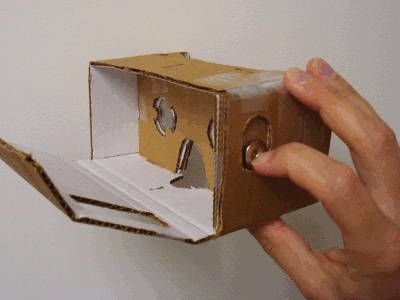The Hidden Frontier: Virtual Reality’s Most Advanced Technologies (Not Yet Public)

Virtual reality (VR) has come a long way from its pixelated beginnings. Today, VR headsets are widely available, offering immersive gaming, social interaction, and even remote work solutions. Yet, the most advanced VR technologies remain out of public reach, quietly revolutionizing industries and research far from the consumer spotlight. As a creative advertising director in Dubai, understanding these hidden innovations can inspire future campaigns and creative concepts. Let’s explore what lies beyond the VR horizon.
Human-Eye Fidelity: Seeing is Believing
The quest for perfect visual immersion is leading to VR headsets that match, and even surpass, the resolution and depth perception of the human eye. These ultra-high-resolution headsets use advanced optics and gaze-tracking technology to focus processing power exactly where users are looking, creating a seamless, lifelike experience. This level of detail is currently reserved for critical applications—such as pilot training, medical simulation, and high-stakes industrial design—where every visual nuance matters. The complexity and cost keep these headsets out of consumer hands, but they hint at a future where VR is indistinguishable from reality.
Mixed Reality and Spatial Computing: Worlds Collide
Beyond simple immersion, the cutting edge of VR is about blending the digital and physical worlds. Mixed reality (MR) headsets are already being used in architecture, engineering, and healthcare, allowing professionals to interact with holographic models layered over real environments. These devices use advanced spatial computing to map surroundings and enable intuitive manipulation of virtual objects. Imagine walking through a construction site and seeing a digital overlay of the finished building, or a surgeon rehearsing a complex procedure with virtual instruments. For now, these tools are limited to specialized fields, but their potential for creative industries is immense.
Full Sensory VR: Touch, Smell, and Taste
The next leap in immersion is multisensory VR, engaging more than just sight and sound. Researchers are developing haptic suits and gloves that let users feel textures, resistance, and even temperature changes. Experimental devices are introducing smell and taste into the virtual world, creating experiences that stimulate all the senses. These technologies are being tested in medical therapy, military training, and elite entertainment venues. While still in the prototype stage, they promise a future where VR can evoke genuine emotional and physical responses—opening new avenues for storytelling and brand experiences.
AI-Powered Personalization: The Living Virtual World
Artificial intelligence is making VR environments smarter and more responsive. In the most advanced systems, AI can adapt virtual scenarios in real time based on user behavior, learning styles, and even emotional cues. Virtual characters powered by AI can hold lifelike conversations and react naturally to user input. This level of personalization is already transforming professional training and therapy, creating tailored experiences that maximize learning and engagement. For the public, these adaptive environments are just on the horizon, but their impact on education, entertainment, and marketing will be profound.
Neural Interfaces: Mind Over Matter
The most futuristic—and least accessible—VR innovation is the integration of brain-computer interfaces (BCIs). These systems allow users to control virtual environments directly with their thoughts, bypassing traditional controllers. Early versions are being tested for medical rehabilitation and accessibility, enabling people with physical limitations to interact with digital worlds. While still experimental and limited to research settings, neural VR could one day revolutionize how we communicate, create, and experience reality.
___
The public face of VR is already impressive, but the true technological frontier remains hidden in labs and specialized industries. Human-eye fidelity, mixed reality, full sensory immersion, AI-driven personalization, and neural interfaces are shaping a future where the boundaries between real and virtual worlds blur—and eventually disappear. For creative professionals, these advancements are not just technological curiosities—they are the seeds of tomorrow’s most compelling stories, experiences, and campaigns.
As these innovations move from the lab to the living room, the possibilities for creativity and connection will expand beyond imagination. The next era of VR is coming, and it will change everything.
___
Quest ReQuest VR
Comments
Post a Comment